| Receivers | Transmitters | Amplifiers | Accessories | Miscellaneous and Academic |
| The AA8V
6x2 Superheterodyne Receiver |
The W8EXI Wingfoot VFO Exciter |
The AA8V
6AG7 QRP VFO Amplifier |
AA8V Digital VFO
For Vintage Transmitters |
The AA8V Station |
| The 6x2C
30m/20m Receiving Converter |
The AA8V
6CL6 One-Tube Transmitter |
The AA8V
6146B Amplifier |
Electronic T/R
Switching and the Ameritron QSK-5 |
The Workshop at AA8V |
| The AA8V
Twinplex Receiver |
Johnson
Viking Ranger Restoration and Circuit Descriptions |
The AA8V Wingfoot 813 Amplifier |
Using the LM-13 Frequency Meter as a VFO | Aluminum Chassis
Construction |
| Heathkit HW-101 Transceiver | An Automatic CW T/R System for Vintage Stations | A
Study of Secondary Emission in Vacuum Tubes by Angela Meyers |
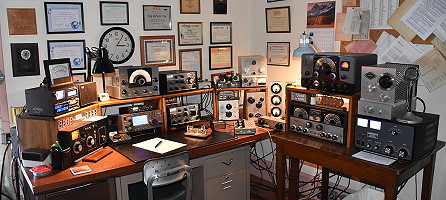
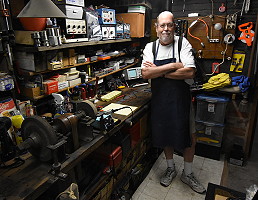
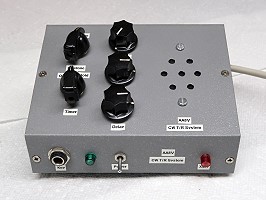
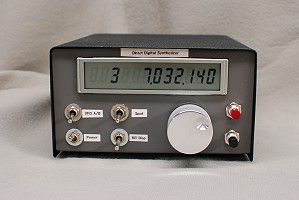

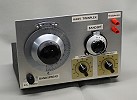



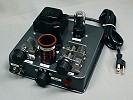
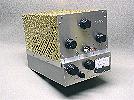
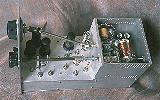





 If you have any questions or
comments, you can send E-Mail to Dr. Greg Latta at
If you have any questions or
comments, you can send E-Mail to Dr. Greg Latta at